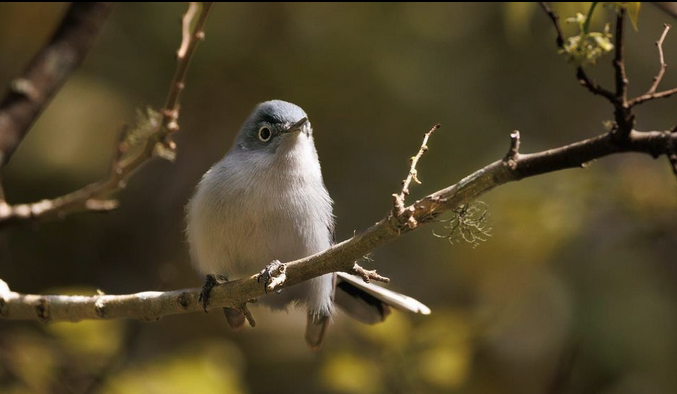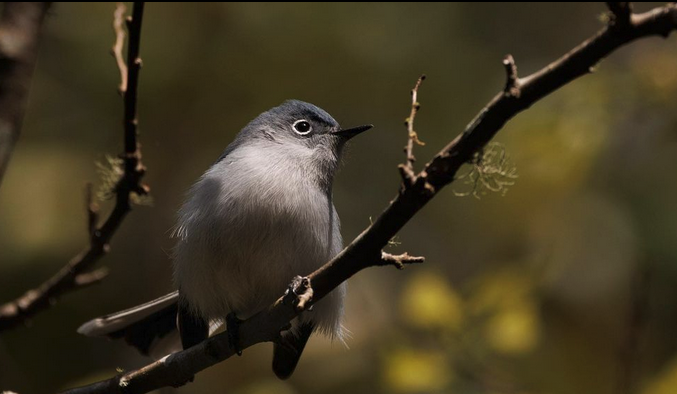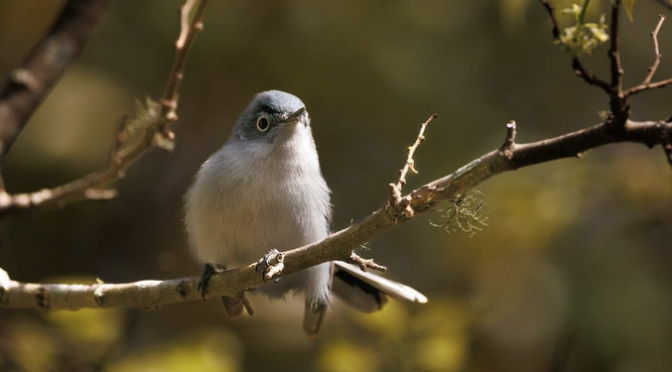By Sally Siko
Here’s my first of the spring season Blue-gray Gnatcatcher for 2023 🙂
Seeing one of these tiny guys appear each March is a happy reminder that soon the trees, bushes and skies will be filled with migrating birds.
Usually this species moves through the canopies of the trees like hyperactive ping pong balls. I was pleased to be able to capture a few photos of this Gnatcatcher perched in one spot.

These little birds have a good reason to stay on the move as Blue-gray Gnatcatchers dine primarily on fast flying insects which are made all the more scarce during the winter.
Combine that with a super speedy metabolism and you’ve got a bird who absolutely, positively, cannot and will not sit still.They are agile flyers and are perfectly capable of snatching a small insect right out of midair. *Weirdly enough though, Blue-gray Gnatcatchers rarely eats gnats which is kinda odd.


Though they are relatively easy to find across the state during the summer months, Blue-gray Gnatcatchers are a year round resident of the Carolinas.Once the temperatures drop, they tend to head east into our far southern coastal areas to spend the winter where the six or eight legged food choices remain available.
These lovely little ones will become more abundant throughout the rest of the Carolinas over the the next few weeks and will stick around until September. The best spots to find Blue-gray Gnatcatchers are in habitats containing a mix of deciduous forests and wetlands, ponds, lakes and rivers.They are particularly active in the morning hours as they need to make up for the loss of calories spent while sleeping by hunting for insects as soon as the sun rises.
Photos and video by @sally_siko of @bestlife_birding on my mighty mirrorless monster, the @canonusa #R5

